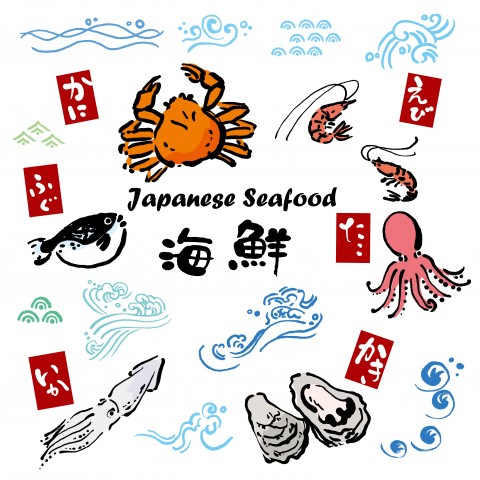
Japan is famous for seafood and synonymous with sushi, but regional specialties are a little less well known. While you can get high quality, fresh fish across the country, certain areas are worth visiting if you want to try the best of the best. Whether it’s Hokkaido’s crabs or the risky pufferfish of Yamaguchi, trying the local seafood highlights is a great way to learn about each region.
Hokkaido: All Kinds of Crab
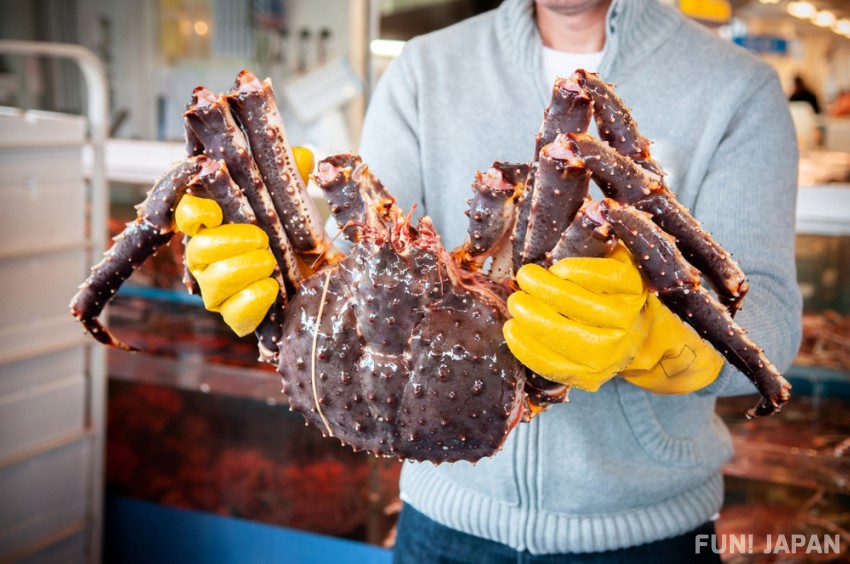
No trip to the northernmost prefecture of Japan is complete unless you’ve enjoyed a dish of succulent crab. The cold waters of the Sea of Okhotsk and the Pacific Ocean provide the perfect climate for the spiny creatures and Hiroo (広尾), Kushiro (釧路) and Omu (雄武) are busy crab-fishing towns.
Commonly called Hokkaido Crab, there are actually a variety of kinds available, with the most popular being Horsehair Crab, while King Crab is the most expensive. The best season for Horsehair is April to August and November to December while King Crab’s season lasts from September to January. You can also try snow crab from November to March, and Hanasaki Queen Crab from August to October. Crab is a popular topping on donburi (seafood rice bowls) or on platters, seasoned lightly and served fresh.
Related Article: 6 Popular Types of Japanese Crabs & Where to Eat them?
Akita - Preserved Japanese Sandfish
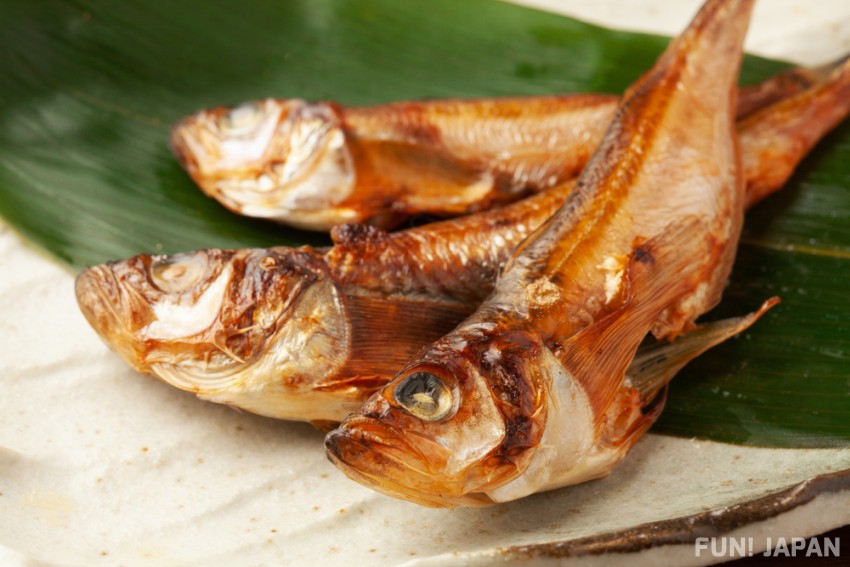
Called Hatahata (ハタハタ) in Japanese, the sandfish is a sign of winter’s arrival and is the much-loved prefectural fish of Akita. A simple white-fish, it can be eaten grilled, as sashimi or in hotpots when fresh. As the fish is only in season for a few weeks during the winter months, the region has a tradition of preserving the fish using hatahata-zushi (sushi). Once simply pickled in salt, the fish is now also hand-cut, soaked in vinegar, drained and packed into barrels with malted rice, local vegetables and covered with bamboo leaves. Fermented over a series of stages, this eventually becomes hatahata-zushi - known for its mild flavour. Shottsuru (しょっつる) is another way of using sandfish and turns it into a sauce that can be used as a condiment or ingredient in other dishes such as shottsuru-nabe (a hotpot).
Toyama - Glowing Firefly Squid
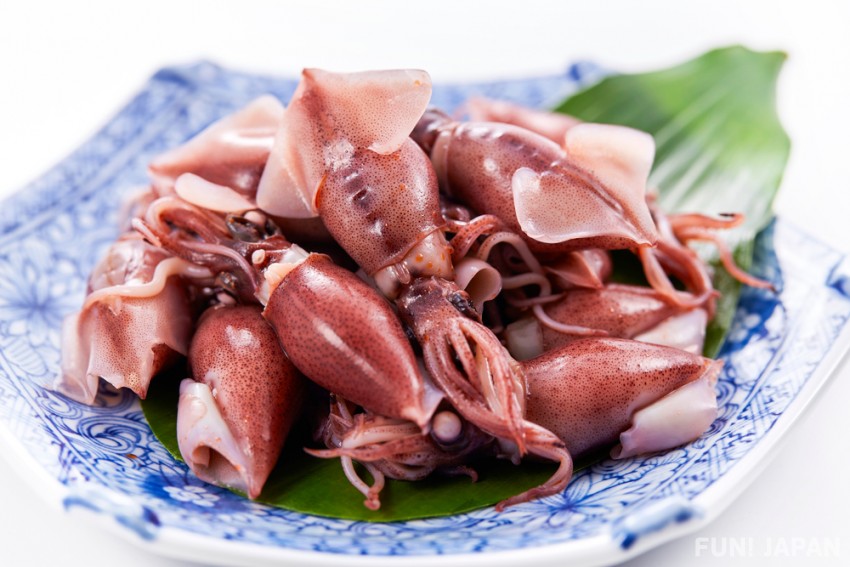
Most famous for their beautiful nighttime displays, the glowing squid of Toyama, known as Hotaru-ika (ホタルイカ), are also a delicious treat to enjoy. Arriving on the shores between April and May, they emit blue light as they seek mates on the water’s surface and leave shimmering trails in the water. While many gather to see them, you can also enjoy eating them afterward as they are traditionally fished for food. In the town you’ll find numerous restaurants serving the firefly squid as tempura, smooth sashimi, grilled or blanched and served with miso.
Kanagawa - Shirasu
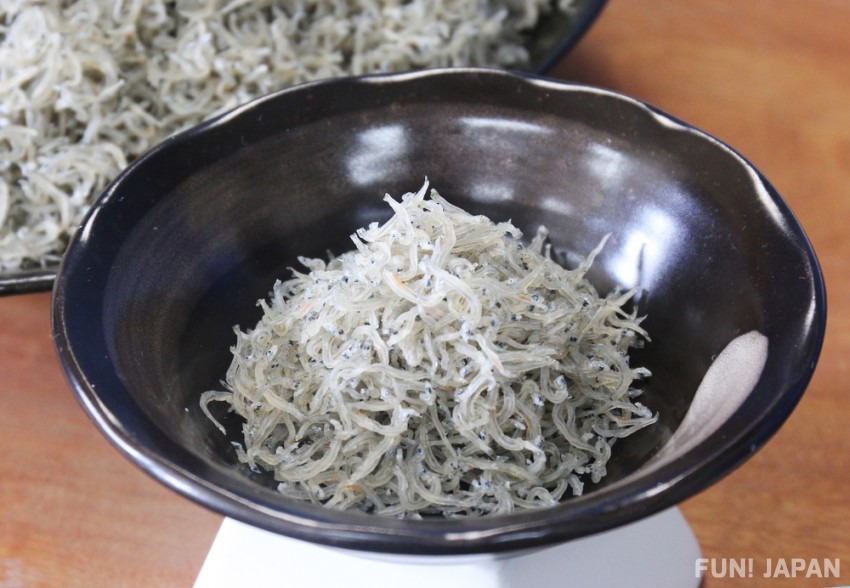
Known as whitebait in English, these small fish are a firm favourite in Tokyo’s neighbouring prefecture Kanagawa. Actually a mix of baby sardines, herring and sandlances, whitebait or Shirasu (しらす) are very small and often served raw with a light, salty flavour. In season from April to December, the baby fish are most commonly served as part of shirasu-don (whitebait rice bowl). As well as the raw option, you can try the boiled variety if you prefer cooked fish. While the raw option is chewier, it has a fresher flavour - but it is recommended you try both so you can choose your favourite.
Yamaguchi - Poisonous Pufferfish
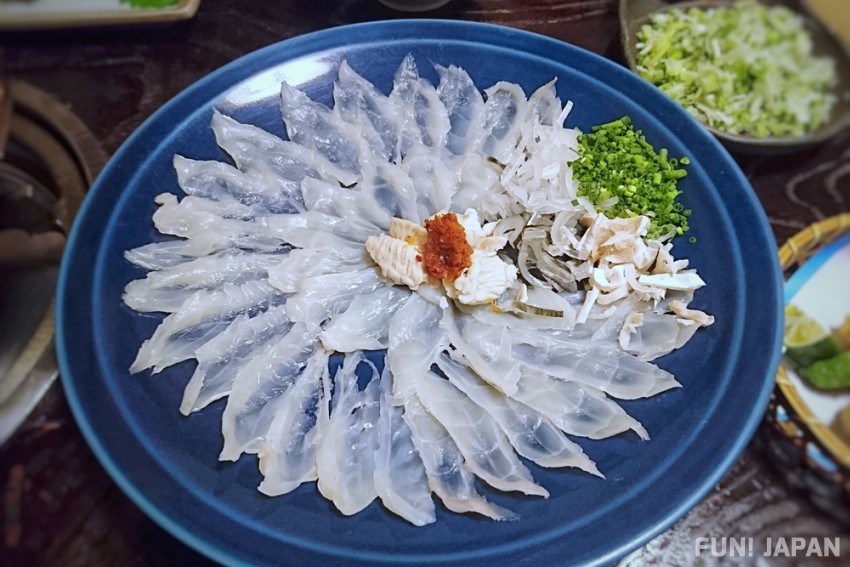
Subtle and mild but potentially deadly, Fugu (河豚) is one of the riskiest seafood options available in Japan. Known as pufferfish or blowfish in English, the fish must be carefully prepared by highly-skilled chefs in order to create a safe and delicious dish. Chefs are required to train for several years and pass exams before being certified to prepare fugu, so as long as you are at a reputable establishment you will most likely be fine.
Once banned in the Edo period, the restrictions were lifted first in the coastal city of Shimonoseki in Yamaguchi. Now considered the capital of fugu, it’s responsible for 80% of the nation’s supply. Sliced so delicately as to be transparent, the fish is commonly served raw but can also be steamed or grilled. It is believed to go particularly well with sake and there is even a variety of hot sake made with fugu fins called Hirezake (ひれ酒).
Ehime - Sea Bream
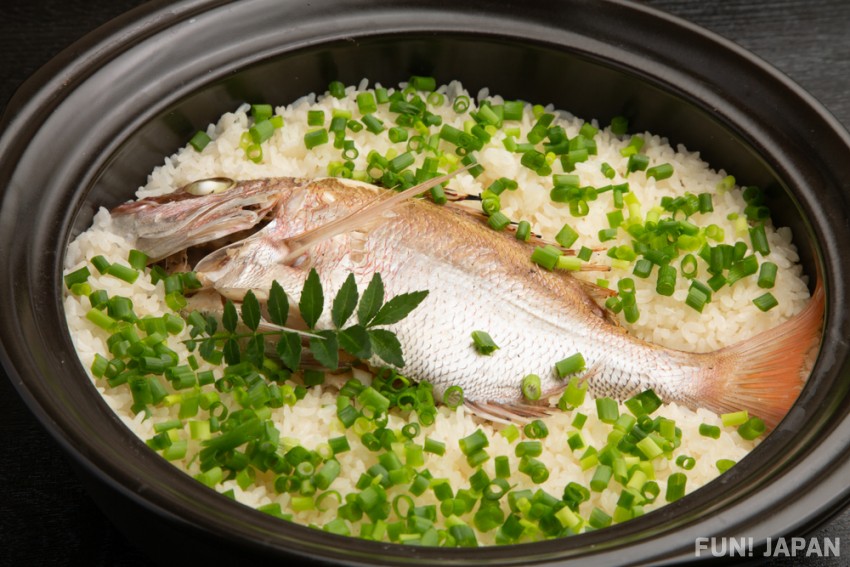
While you may not be familiar with sea-bream, its Japanese name is a lot more common. Tai (鯛) is a fish that inspired the sweet treat of taiyaki and is a common fish across menus in Japan. This is partly because it’s delicious and versatile, but also because its name sounds similar to "medetai" (めでたい) - meaning celebration. In Ehime, however, it holds a special place and is the official fish of the prefecture. As the largest producer of Tai, it’s a great place to try the myriad of dishes that feature it. One option is Taimeshi (鯛めし) - a rice dish with two local variants. In central Ehime, the rice and tai are cooked with salt or soy sauce, while in southern Ehime they serve uncooked tai with a sauce made of raw egg and soy sauce.
Saga - Charcoaled Mudskipper

Often compared to eel, mudskippers are a specialty of Saga which is known for its expansive mudflats. The fish are in season from May to September and are traditionally eaten grilled, called Mutsugoro-no-kabayaki (ムツゴロウの蒲焼き) in Japanese. Usually, the mudskippers are skewered while still alive and cooked on a charcoal grill with a sweet soy sauce. Unlike normal grilled fish, these are grilled until entirely black and can be eaten whole. A simple fast food, they are a common dish at sightseeing spots, festivals, in izakaya (Japanese pubs) and at seafood restaurants.
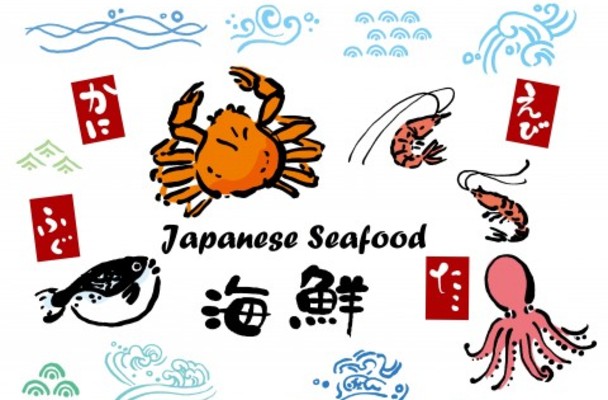
Comments